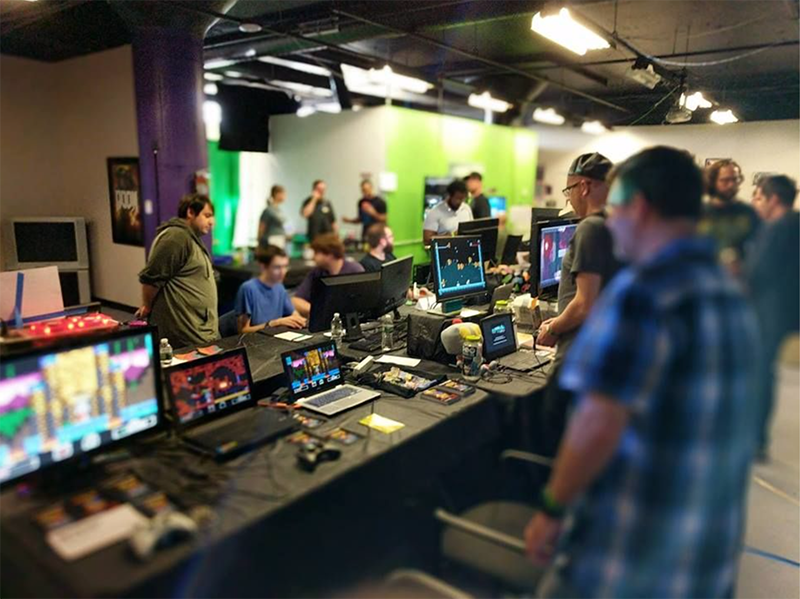Lindsay Grace is Associate Professor of Communication; Director, American University Game Lab and Studio, American University School of Communication. The opinions expressed in this commentary are solely those of the author. CNN presents the work of The Conversation, a collaboration between journalists and academics to provide current affairs analysis and commentary. The content is produced solely by The Conversation.
The arcade video game “Space Invaders”, which is celebrating its 40th anniversary, is iconic software, considered one of the first digital shooter games. Like many early games, this one and the myths surrounding it showcase the cultural collisions and issues that were present when it was created by Japanese game designer Tomohiro Nishikado.
Avoiding an enemy only delays the inevitable; players cannot move forward or backward, but can only defend their space. There’s not even a reason the invasion is happening. The players only know that the invaders must be destroyed. It’s a distinct cultural perspective, with an emphasis on shooting over everything else.

ADRIAN DENNIS / AFP / AFP / Getty Images
A historical pioneer

Peter Macdiarmid / Getty Images Europe / Getty Images
In 1985, the Japanese-made Nintendo entertainment system ushered in a new era of home console gaming. This continued the challenge to American identity: American companies failed to innovate and lead, and a Japanese company filled the innovation void.
Myths of the (space) invasion
This fable is a prequel to larger popular fictions about games. People blame gambling for declining economies and unemployment. The innovations created in games support technological innovations that change society and the way people socialize, but people are also keen to blame large systemic issues like gun violence in schools on video games.

Space Invaders is played on the windows of the Roppongi Hills Observatory in Tokyo during a 2018 exhibit celebrating the game’s 40th anniversary. Credit: KAZUHIRO NOGI / AFP / AFP / Getty Images
Another story goes that the demand for “Space Invaders” was so great that even with several gaming machines installed, there were lines to play. Whether or not they were standing in line for their own turn, it is quite true that people have been watching other people play. This has helped set the stage for the growth of arcades and networked games, the precursors of professional gamers and today’s multi-billion dollar esports industry.
History shows that games change society, orient it towards gambling and create new economies. The advent of arcades was as new as the contemporary use of common micro-transactions in mobile games. Their community and spectator game incubation has spawned countless YouTube game channels.
Like the space invaders who attack the player, unknown but always threatening, the games scare some. They seem to come together relentlessly, different and difficult to follow. The games challenge players to adapt and dismantle the conventions people hide under.
But, like playing “Space Invaders” itself, the joy comes from interacting with this change, mastering it, and leveling up.













No Comment